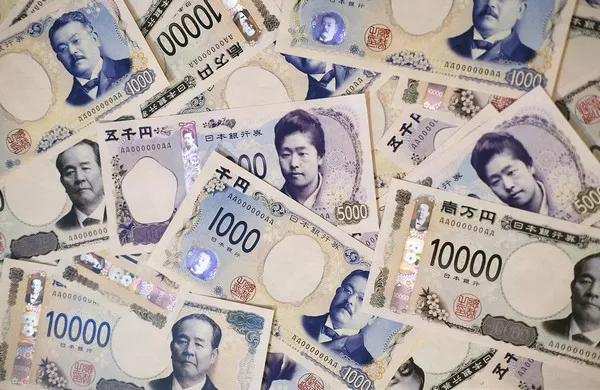In a fourth consecutive session, the yen exhibited a robust rally against the dollar on Tuesday, reflecting investor anticipation of a potential tightening of monetary policy by the Bank of Japan in the coming year, while the Federal Reserve considers a looser stance.
The dollar marked its lowest level since mid-September, reaching 147.16 yen and concluding 0.61% lower at 147.45.
On a broader scale, the dollar index, measuring the greenback against six other major currencies, descended to its lowest point since late August at 103.17, ultimately weakening by 0.13% to 103.32.
Jane Foley, Head of FX Strategy at Rabobank, highlighted the growing enthusiasm and momentum regarding the Bank of Japan’s possible exit from its ultra-loose monetary policy, potentially signaling the end of negative interest rates in the coming year. Foley noted that the declining dollar also prompted investors to unwind some of their positions against the yen. “The dollar is weaker, and this I think is just the catalyst for the market making bets on how far dollar-yen can really move,” she stated.
The decline in U.S. yields is attributed to investor expectations of a Federal Reserve interest rate cut in the next year following a slowdown in U.S. inflation in October. Consequently, the dollar index retreated from its nearly one-year high at the start of October when U.S. economic data consistently surpassed expectations.
The 10-year U.S. Treasury yield continued its descent for the fourth consecutive session on Tuesday, reaching 4.39%. This follows a fall on Monday after a successful auction of 20-year bonds, despite hitting a 16-year high above 5% in October.
The euro experienced an upswing, reaching its highest point since mid-August at $1.0966 on Tuesday and holding at a slightly higher level of $1.0944. Sterling also gained 0.2% at $1.253, reaching a two-month high of $1.254 after Bank of England Governor Andrew Bailey asserted that it is “far too early to be thinking about rate cuts” in Britain.
Contributing to the weakening of the U.S. currency was a rally in China’s yuan, hitting an almost four-month high of 7.13 per dollar. China’s central bank set the midpoint of the yuan’s trading band at its strongest level since August 7. A Bloomberg News report on forthcoming support for the property sector in China further bolstered stocks.
Elisabet Kopelman, U.S. economist at lender SEB, emphasized that a “strong risk appetite and speculation about future interest rate cuts” create an unfavorable environment for the dollar, which has been under pressure against several Asian currencies.
Despite the current downward momentum of the dollar, some analysts caution that there may be pushback against the pace of Federal Reserve easing. Foley stated, “There is a risk that we are going to get push-back about the pace of Fed easing.


